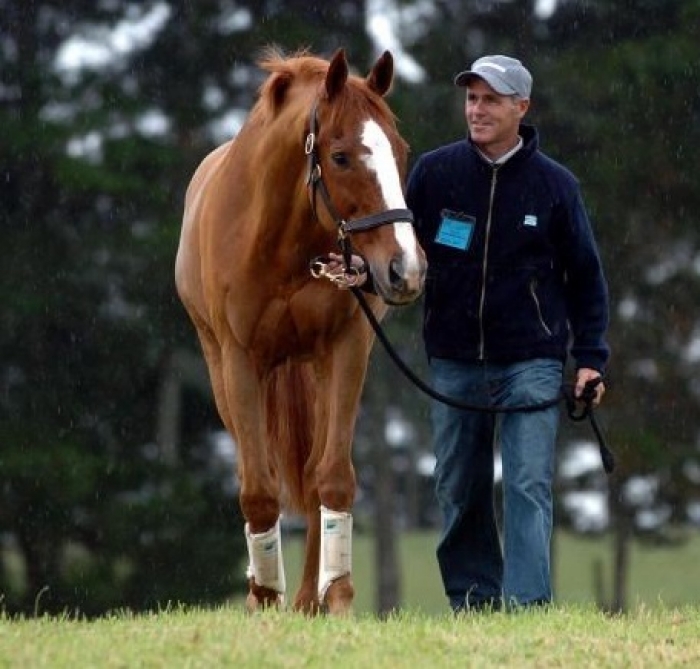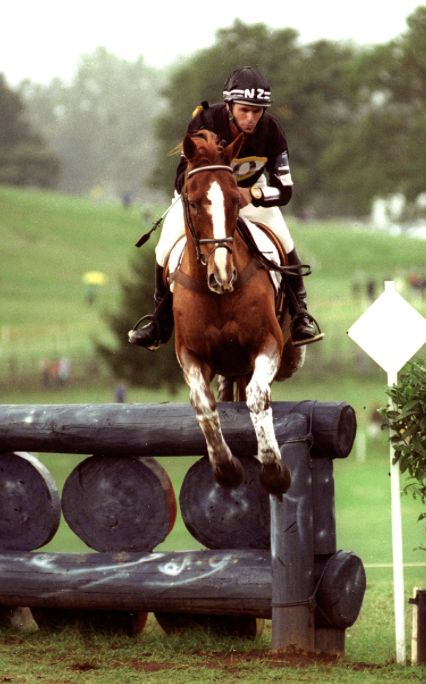
InFocus
The Great New Zealand Thoroughbred
penelopelockett -- Fri, 25-Sep-2015
Is the German ‘purpose bred’ eventer taking control over the once dominant thoroughbred eventing scene? It has come to my attention that the last thoroughbred to win gold at the Olympics was Blyth Tait aboard Ready Teddy. And if any of you follow the eventing circuit, you’ll come to note that Ready Teddy has been deceased for some years now, with this success occurring in 1996. In 19 years, no thoroughbred has won gold at the Olympics! Is this saying something about the thoroughbred we all used to rave about because they had a heart as big as a gate and the determination to dig in and keep battling? The strength they had to run 15km before even starting the cross-country was phenomenal. When the roads and tracks and steeplechase were removed from Eventing competition, perhaps this made room for other breeds to climb to the top of the competitive eventing circuit, that otherwise may never have had a look in. The natural stamina of the thoroughbred may not have the opportunity to thrive in this new environment with the removal of these once key eventing elements. The question is, can the thoroughbred still compete successfully?
The answer? Well yes, it seems that they can. Adelaide 2013, Christopher Burton was aboard TS Jamaimo, otherwise known as a thoroughbred. Paul Tapner won Badminton 2010 on his thoroughbred, Inonthing. William Fox Pitt won both Burghley 2011 and Rolex 2012 aboard the New Zealand thoroughbred, Parklane Hawk. And finally Badminton 2013 went to Jock Paget riding Clifton Promise. These past five years have proved that the thoroughbred still has what it takes to be successfully competitive against the arguably more impressive and prestigious breeds.
Perhaps riders have evolved over time and subsequently, this evolution has altered their riding ways, taking preference over different breeds of horse. Nevertheless, as long as we have riders that are capable and suited to riding thoroughbreds, I believe they will continue to prosper. Thoroughbreds go on to demonstrate that, at every level, they are quality, successful and reliable, and a most affordable mount.
So why, as they continue to prove their reliability, have the number of thoroughbred stallions dropped from 84% to 32% since 1991 on the World Breeding Federation for Sport Horses rankings? In the same period of time, warmbloods and other breeds have quadrupled from 16% to 68%. Could this possibly be because of the change from long to short format cross-country? It would be interesting to see how these warmbloods we talk so wildly of would cope with having to run for such a lengthy period of time. Bringing back the roads and tracks and steeplechase would reveal the true stamina and ability of these four-legged creatures. Maybe it might even fix fitness problem with riders being forced to focus more intently on their competition preparation and competency of their horses.


